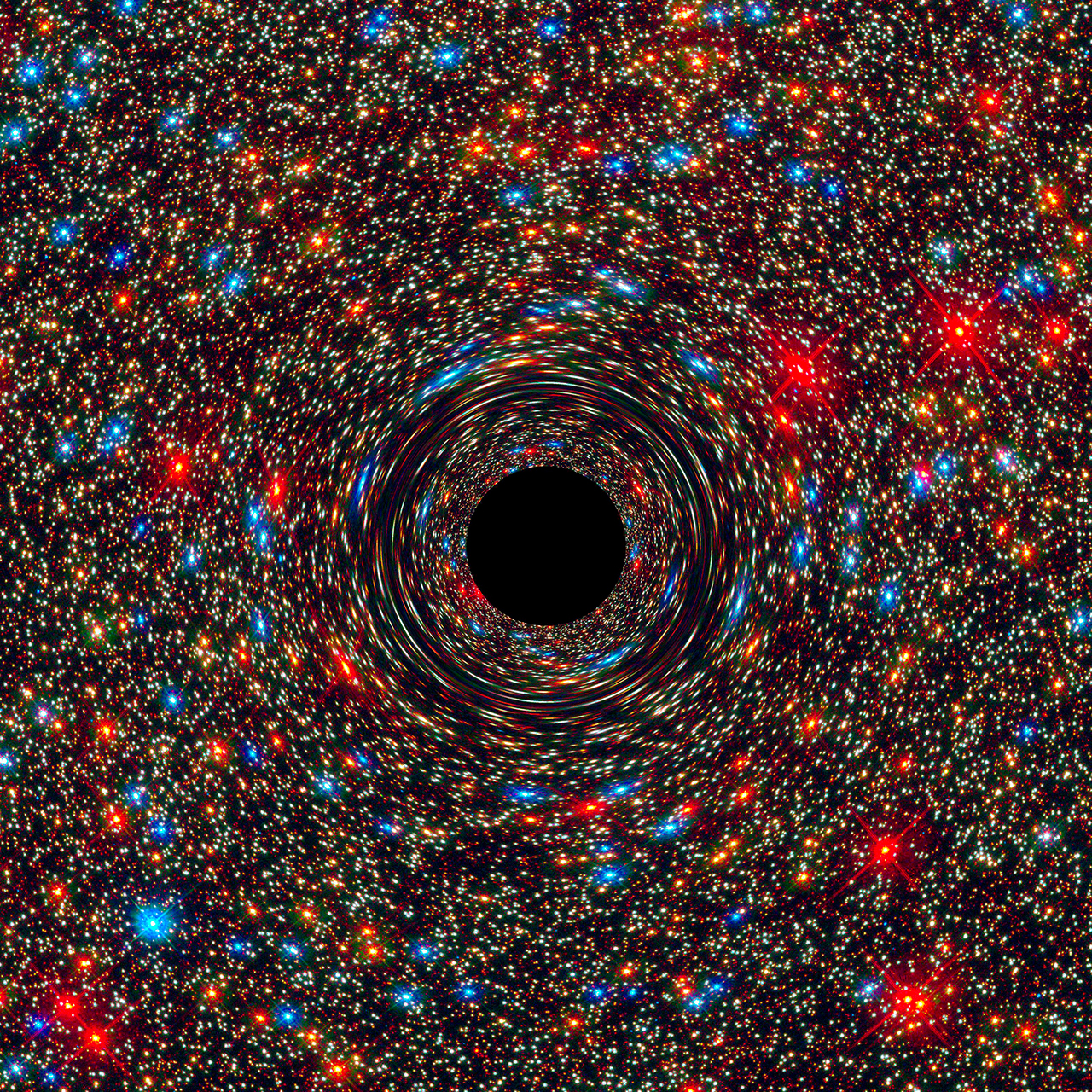Scientists have found a giant black hole in an ordinary galaxy

The elliptical galaxy NGC 1600 is bigger and brighter than its neighbors. But no one expected to find such a large object in its center (photo: ESA)
Astronomers discovered a black hole with a mass of 17 billion solar masses in the center of the unremarkable galaxy NGC 1600. This object is only slightly inferior in mass to the most massive of objects known to man - Another black hole with a mass of 21 billion solar masses, but this supergiant is located in a cluster of galaxies, and not in the center of a small galaxy, located at a considerable distance from its neighbors. For scientists, the discovery of a supermassive black hole in NGC 1600, 200 million light-years from Earth in the constellation Eridanus, was a big surprise.
Until now, massive black holes with masses in the billions of solar masses have been found in dense clusters of galaxies. Until now, scientists have not observed so massive objects in the center of ordinary galaxies. Perhaps the new discovery is an indication that supermassive black holes are not so rare.
Scientists compare their discovery with the largest skyscraper, which is located in the center of a small town. The supermassive black hole was discovered thanks to the MASSIVE Survey project launched in 2014. The goal of the project is to detect and catalog the largest galaxies and black holes. The first discovery of a new black hole occurred at the MacDonald Observatory in Texas. Initially, astronomers could not determine the scale of the find, although it was clear that this object was quite large. After attracting additional resources and other observatories to the observation of the galaxy NGC 1600, it became clear that the object found was just a giant.
Only the object that is in Veronica's Hair Cluster is larger than this black hole. This cluster brings together about 1000 identified galaxies. The black hole mass in this region is about 21 billion solar masses (for comparison, the black hole located in the center of the Milky Way is only 4 million times heavier than the Sun).

Image: ESA
The mass of the object in the center of the galaxy NGC 1600 is about 2% of the mass of the galaxy itself. This is 10 times more than scientists would have expected. Usually large galaxies are formed from several smaller ones. It may well be that NGC 1600 simply “ate” its neighbors. This hypothesis may explain the relative loneliness of the galaxy - there are simply no more neighbors next to it, other galaxies are at a considerable distance.
In addition, there is another possibility - for example, at the very beginning of the formation of NGC 1600 there was a large amount of gas in this region, from which the galaxy itself was formed with its huge black hole in the center. In this case, no one absorbed anyone - the neighbors simply did not exist initially.
